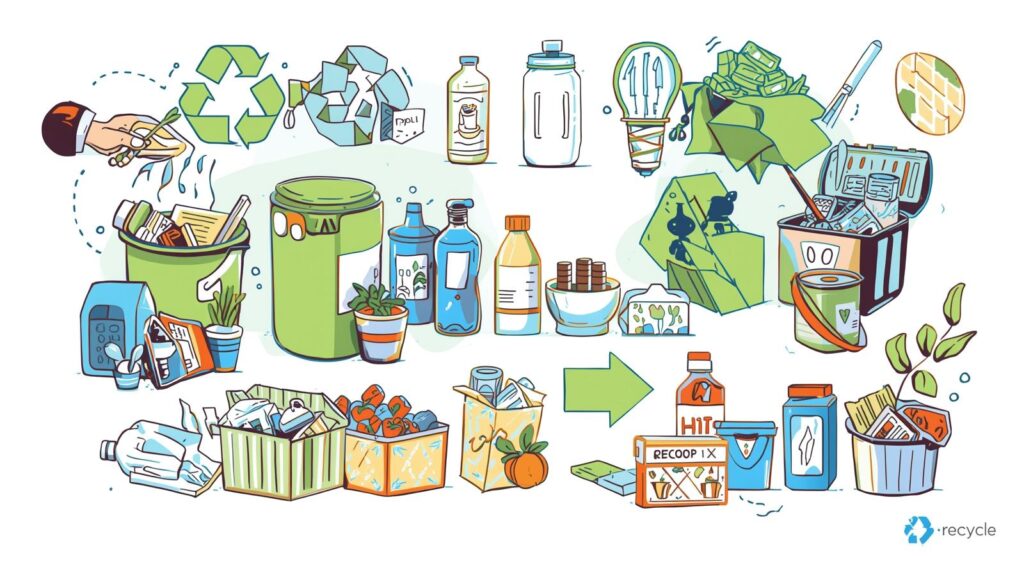Technology versus nature: Artificial intelligence and automation – allies or threats to the environment?
In the face of the growing climate and environmental crisis, the role of technology, including artificial intelligence (AI) and automation, in environmental protection is becoming increasingly urgent. On the one hand, these technologies offer the potential for more efficient resource management, emissions reduction, and optimization of industrial processes. On the other hand, there is concern that the uncontrolled development of artificial intelligence and automation could contribute to further degradation of ecosystems, exacerbating problems related to overconsumption of resources and waste production. Will AI and automation become allies in the fight to save the planet, or will they accelerate its destruction?
Reasons why technology can be an ally in the fight for the environment
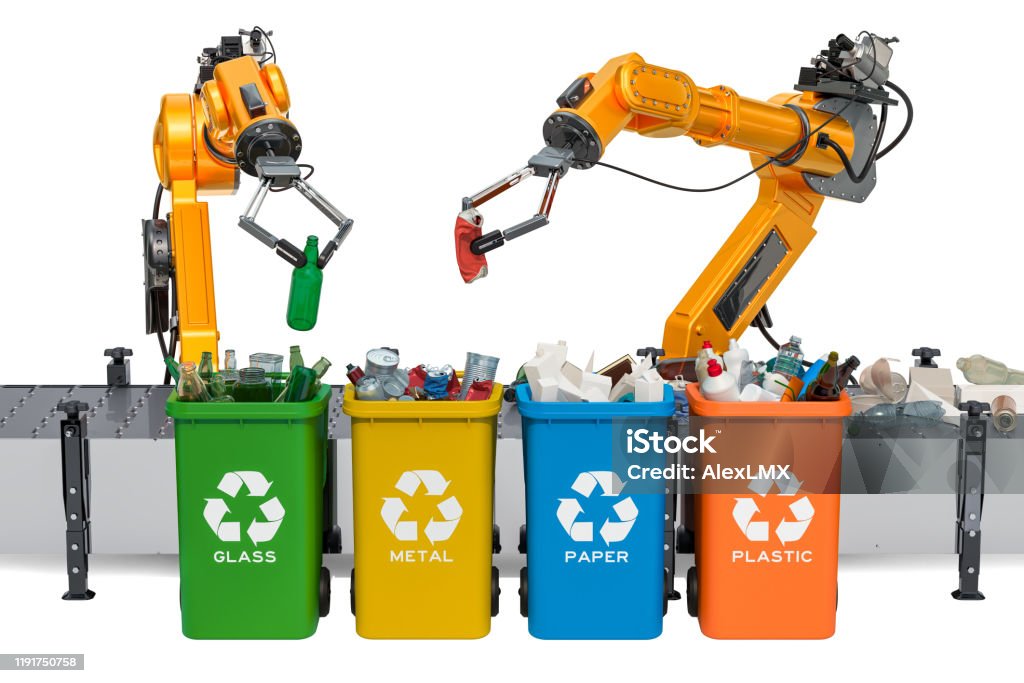
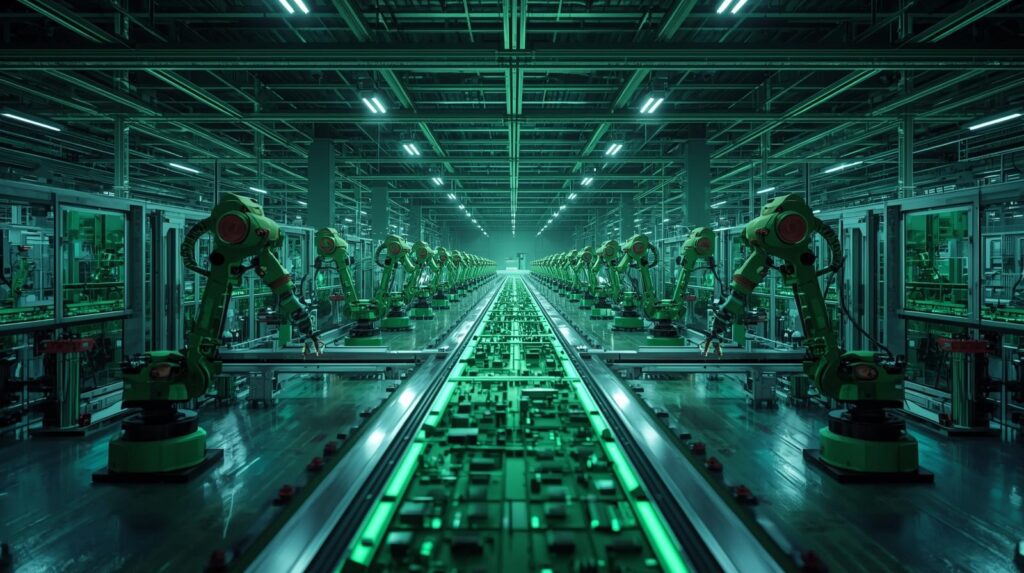
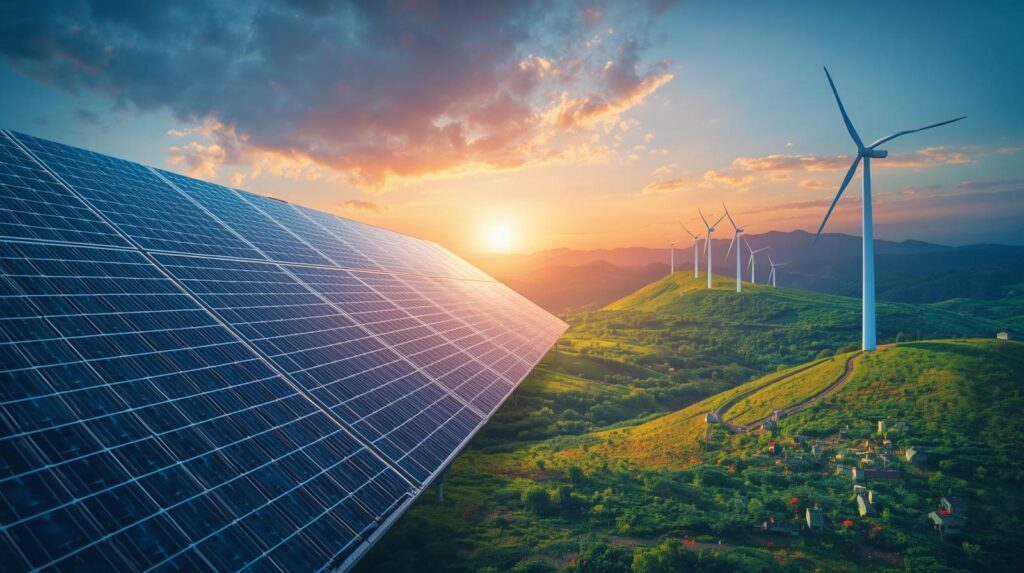
Artificial intelligence (AI) and automation have enormous potential for the effective management of natural resources. In the face of global resource crises such as drinking water shortages, energy crises, and the depletion of raw materials, technology can play a key role in minimizing consumption and waste.
Water management:
Water is one of the most precious natural resources, and its management is becoming increasingly challenging in many regions of the world. AI can support water resource management, for example through systems that predict water demand in various sectors (agriculture, industry, urban agglomerations). With the use of sensors and AI systems, it is possible to monitor water quality and quantity more accurately in real time, allowing for better forecasting of consumption. This approach reduces losses, for example in water supply networks, where huge amounts of water are lost every day due to failures or leaks.
Energy management:
The use of AI in the context of energy consumption optimization is one of the most promising areas. Artificial intelligence technologies can predict energy demand, automatically adjusting supply in response to changing needs. An example of this is smart energy management in buildings. Thanks to AI systems, buildings can adjust temperature, lighting, and energy consumption to the actual needs of users, leading to significant savings. At the industrial level, AI can monitor production processes, identifying areas where energy or raw material consumption can be reduced.
Waste management:
AI can also help manage waste more effectively. In cities facing the challenge of managing growing amounts of waste, automated systems can contribute to selective waste collection and processing. Artificial intelligence is able to identify different types of waste using image recognition and sort them according to recycling requirements. Automated systems can also monitor how and where waste is produced, allowing for the optimization of transport routes and a reduction in emissions associated with waste transport.
Precision farming:
The use of AI in agriculture allows for the optimization of land and natural resource use. Intelligent monitoring systems allow farmers to apply fertilizers and pesticides more precisely, reducing their excessive use. At the same time, advanced algorithms help predict climate change, allowing for better crop planning and minimizing the risks associated with adverse weather conditions. AI can also support the cultivation of climate-resistant crops, which will be crucial in the future.
Technological changes related to automation and artificial intelligence offer many benefits in the context of sustainable industrial development. The introduction of robots, autonomous machines, and AI systems into factories and production plants can change the way we use natural resources and reduce environmental pollution.
Optimization of production processes:
Many industrial production processes involve high energy and raw material costs. Automating processes using AI reduces raw material consumption and allows production to be more precisely tailored to actual demand. For example, AI systems can monitor production and optimize machine utilization, reducing material waste and emissions associated with inefficient energy use.
Sustainable production:
AI can also support the industry’s transition to more environmentally friendly technologies. An example is the energy sector, where automation can contribute to increased efficiency and lower costs of energy production from renewable sources. Intelligent systems can optimize the operation of wind turbines, solar panels, and other renewable energy sources by adjusting their operation to weather conditions and energy demand.
Green mobility:
In the automotive sector, AI and automation are key to the development of electric and autonomous vehicles. Automated systems can improve battery efficiency, monitor the technical condition of electric vehicles, and provide data on driving efficiency. With the development of green mobility, this technology can contribute to reducing greenhouse gas emissions and air pollution.
Green technologies in industrial production:
Automation allows for more precise use of materials and energy in industry. Robotics and AI enable the production of more complex, yet more environmentally friendly products. The use of advanced technologies, such as 3D printing and on-demand manufacturing, helps to avoid overproduction and waste.
The modern world faces an enormous challenge: how to meet the growing energy needs of the global population without exacerbating the climate crisis. The answer to this challenge is the development of sustainable energy—energy from renewable sources that does not burden the environment and does not contribute to greenhouse gas emissions. In this context, artificial intelligence and automation can play a key role. Their appropriate use can significantly accelerate the energy transition, increase the efficiency of renewable energy sources, and facilitate their large-scale management.
Optimization of energy networks:
AI can significantly improve the efficiency of energy network management, especially in the context of integrating renewable energy sources such as solar and wind power. In traditional energy networks, the instability of energy supplies from renewable sources is a problem. AI allows for weather forecasting and the adjustment of energy production to changing demand, making renewable energy sources more reliable.
Smart energy management:
Artificial intelligence makes it possible to introduce more advanced energy management systems in buildings and industrial plants. Smart energy management systems can predict energy demand and adjust energy production and consumption to actual needs. In the residential sector, such technologies allow for cost optimization and reduced energy consumption, which in turn reduces carbon dioxide emissions.
Reasons why technology can pose a threat to the environment
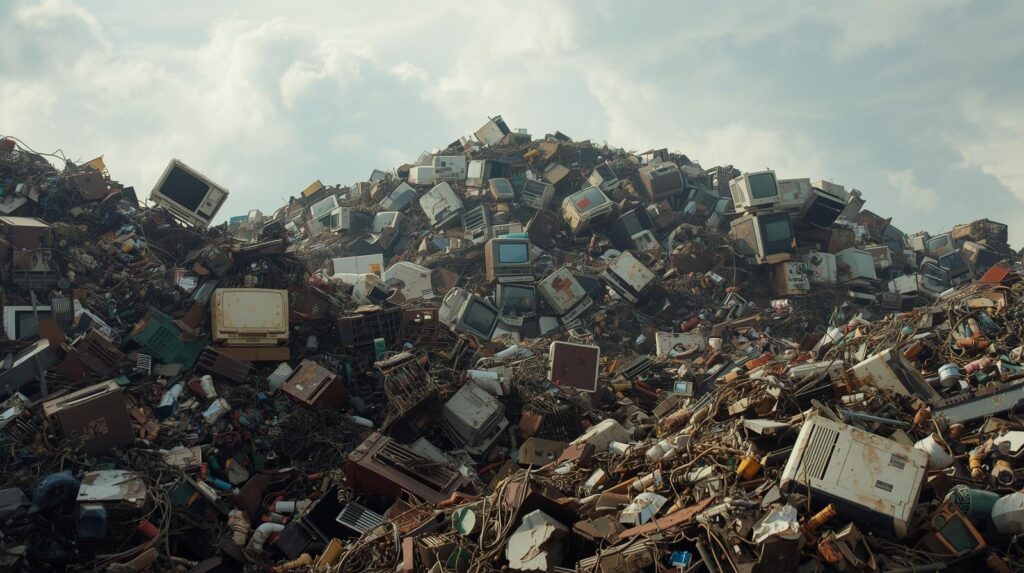
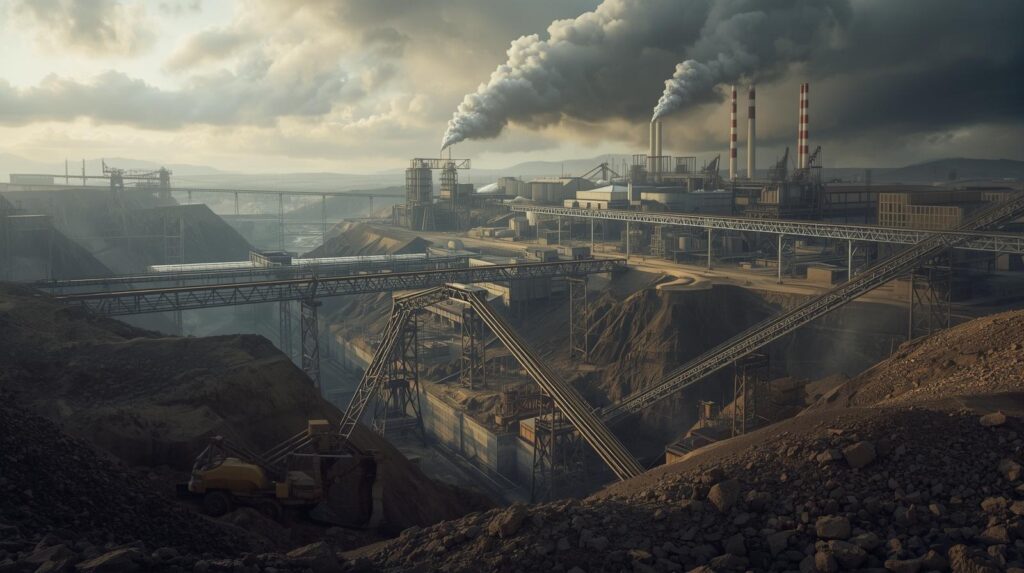
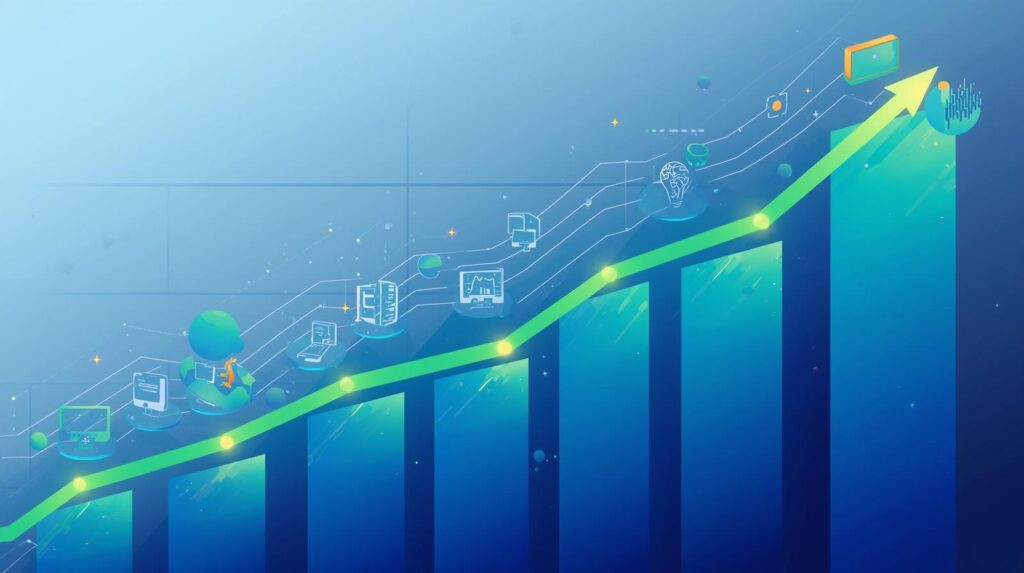
Technological advances are leading to shorter life cycles for electronic devices, which is causing an increasing problem with electronic waste. Over the years, technology has become more advanced and, at the same time, short-lived, which means that electronic devices end up in landfills faster.
Lack of recycling:
Most electronic waste is not recycled effectively, leading to problems with environmental pollution and natural resources. Technology allows for the production of increasingly smaller devices, which makes it difficult to process them later and reuse raw materials.
The development of new technologies, including electric vehicles and energy storage batteries, is leading to an increase in demand for natural resources such as lithium, cobalt, and nickel. The process of extracting these raw materials has enormous environmental consequences.
Environmental degradation:
The extraction of raw materials for the production of batteries and other components necessary for the development of technology is associated with environmental degradation, destruction of animal habitats, and groundwater pollution. The expansion of the mining industry poses serious environmental challenges, the effects of which may be felt for many years to come.
Although AI and automation can contribute to savings in many areas, the processes themselves require enormous amounts of energy. In particular, training advanced AI algorithms, such as deep learning models, involves intensive energy consumption, especially in the case of so-called “cloud” data centers.
The benefits of artificial intelligence and automation in the future
- More efficient energy management
One of the greatest advantages of artificial intelligence in the context of ecology is its ability to analyze vast amounts of data in real time and optimize energy consumption processes. In the future, intelligent systems will control energy infrastructure at the level of cities, districts, and even individual homes. For example, AI in smart grids allows for sustainable energy consumption management depending on the time of day, weather, or even user activity. This means less electricity waste and, consequently, lower greenhouse gas emissions.
AI will also support the transition to renewable energy sources. By analyzing weather forecasts and current demand, it will be possible to smoothly adjust the operation of wind turbines, solar panels, and hydroelectric power plants. What is more, artificial intelligence will help manage the storage of surplus energy, e.g., by intelligently charging batteries during periods of low demand and discharging them during peak hours.
Precision agriculture and protection of natural resources
Modern agriculture, supported by AI and automation, has the potential to radically reduce the negative impact of food production on the environment. In the future, thanks to computer systems equipped with sensors and drones, it will be possible to precisely monitor plant condition, soil moisture, nutrient levels, and many other factors.
Instead of applying pesticides and fertilizers to entire fields, farmers will be able to apply them precisely where they are needed—and only in the necessary quantities. This will reduce pollution of soil, rivers, and lakes, as well as reduce the consumption of chemicals and water. AI will also help predict weather threats and pests, allowing farmers to respond in advance rather than reacting after the fact.
Precision farming not only protects nature, but also increases yields, which means that less land needs to be converted into farmland. This, in turn, can reduce deforestation and preserve valuable wildlife habitats.
Environmental monitoring and early warning
Another key application of AI in the future will be the development of systems to monitor the state of the natural environment. Artificial intelligence is already being used to process satellite images and analyze changes in vegetation, snow cover, and water levels. In the future, these technologies will become even more precise.
Machine learning algorithms will be able to detect illegal logging, air pollution, river blockages, and rising ocean temperatures—all in near real time. Such data will be invaluable to environmental organizations, local and global authorities, and local communities.
Thanks to automated alarm systems and AI-based forecasts, it will be possible to respond more quickly to forest fires, floods, droughts, and chemical spills before these events lead to disasters.
Sustainable cities and transportation of the future
In the cities of the future, artificial intelligence will play an important role in designing more sustainable urban spaces. AI will help plan the distribution of green spaces, optimize public transportation, and manage car traffic in a way that minimizes congestion and CO₂ emissions.
Transport automation, including the development of autonomous electric vehicles, can significantly reduce fossil fuel consumption. Intelligent systems will choose the most environmentally friendly routes themselves, avoid congested areas, and reduce unnecessary energy consumption.
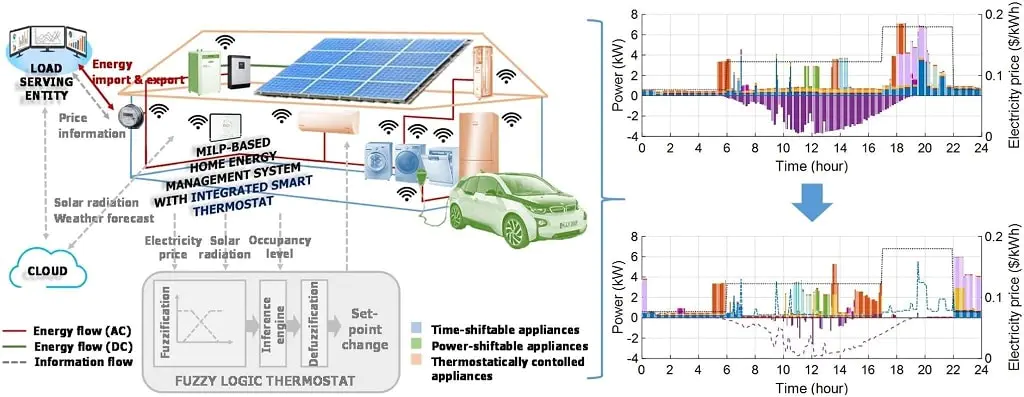
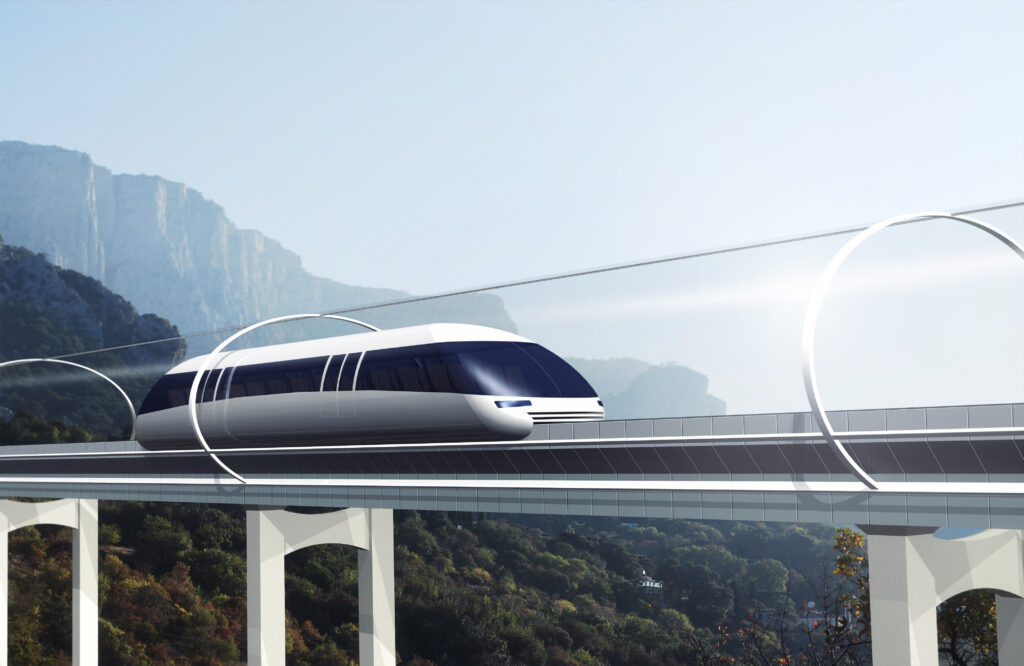
The threats of artificial intelligence and automation in the future
Although AI can help with energy management, its infrastructure itself can be extremely energy-intensive. Training large language models, image recognition, or genetic data requires access to huge data centers that consume tens or even hundreds of megawatts of energy—often from non-renewable sources.
As artificial intelligence grows in popularity, so will the energy demand for cloud computing, server rooms, and data processing systems. Unless accompanied by parallel development of green energy, AI may paradoxically increase carbon dioxide emissions.
What’s more, cooling such data centers requires large amounts of water and energy, which can impact local natural resources, especially in drought-stricken regions.
The development of automation and robotics means the widespread use of electronic devices such as sensors, cameras, robots, processors, and other components. Unfortunately, most of these devices have a limited lifespan. Rapid technological progress means that equipment becomes obsolete after a few years—and sometimes even months.
This leads to a sharp increase in so-called e-waste, i.e., electronic waste that is difficult to recycle and often contains toxic substances such as mercury, lead, cadmium, and lithium. Much of this waste ends up in illegal landfills in developing countries, where it destroys the environment and threatens human health.
Without an effective global recycling system and a reduction in the “throwaway culture,” technology could contribute to a serious environmental crisis.
Rare raw materials such as cobalt, lithium, copper, neodymium, and tantalum are essential for building smart devices. The extraction of these metals is often carried out in an environmentally unfriendly manner, leading to environmental destruction, groundwater contamination, and the destruction of wildlife habitats.
In many cases, mining is carried out in countries with low levels of environmental regulation and often in violation of human rights, e.g., through the use of child labor.
If the production of AI and automation devices is not subject to environmental and social controls, technological progress may exacerbate global inequalities and accelerate the degradation of nature.
Automation makes production cheaper and faster. On the one hand, this is beneficial for the economy, but on the other, it poses a serious challenge for the environment. The ease of producing goods can lead to overproduction and increased consumerism. Goods are becoming increasingly disposable, designed for a short life cycle (“planned obsolescence”).
This, in turn, generates huge amounts of waste, increases resource consumption, and causes further greenhouse gas emissions. If technological development is not accompanied by consumer education and sustainable design, AI may contribute to the deepening of the climate crisis.
Can humans entrust environmental protection to machines?
In the face of the worsening climate crisis, environmental pollution, and biodiversity loss, humanity is increasingly turning to modern technologies as a possible solution. Artificial intelligence, automation, and digital environmental monitoring systems are being used to analyze data, predict threats, and manage natural resources. In this context, the question arises: can humans—and perhaps even should they—entrust environmental protection to machines? Can technology take over the responsibility that humans have borne until now? To answer this question, we must consider both the potential benefits of using technology in environmental protection and the risks associated with relinquishing human control and responsibility.
Without a doubt, modern technologies—especially artificial intelligence—have enormous potential to support pro-environmental activities. For example, AI can analyze data from satellites, drones, and sensors in real time, enabling rapid detection of illegal deforestation, fires, air pollution, and oil spills. These systems are much more accurate and faster than traditional observation methods and, most importantly, they can operate continuously, regardless of the time of day or weather conditions.
AI is also used in energy, water, and waste management. Smart grids can optimize electricity consumption by integrating renewable energy sources with traditional infrastructure. In agriculture, precision automation systems reduce fertilizer and water consumption while increasing crop yields. Image and sound recognition technologies are also used in the protection of endangered species to monitor wild animal populations without the need for human presence in the field.
However, despite their enormous potential, machines are not capable of independently assessing what is good and what is bad in an environmental context. Artificial intelligence operates on the basis of data and algorithms created by humans. It lacks empathy, ethical awareness, and a broader understanding of the socio-political context. Nature conservation is not only about detecting problems and responding to them, but also about making difficult decisions that often require compromises between ecology, the economy, and social interests.
For example, the decision to designate an area as a nature reserve may require the resettlement of local communities or the restriction of economic activity. A machine can indicate where biodiversity is greatest, but it cannot answer the question of whether it is ethically right to ban agricultural activity for thousands of people who have lived off this land for generations. Choices like these require not only data, but also values, dialogue, and moral responsibility—things that artificial intelligence cannot replace.
Another danger is the risk that by placing environmental protection “in the hands of machines,” people will feel relieved of personal responsibility. The current ecological crisis is not the result of a lack of technology, but primarily a consequence of political, social, and individual decisions—such as excessive consumption, predatory exploitation of resources, and ignoring warnings from scientists.
Technology can help repair the damage, but it cannot change the mentality of society. It will not eliminate greed, indifference, ignorance, or lack of political will. What is more, it can become a convenient alibi: since AI is “watching over the planet,” people can continue to live their lives without reflection. In this way, instead of supporting change, technology can hinder it – if it is used as a tool to ease our conscience rather than bring about real transformation.
It should also be noted that the technology itself has an environmental footprint. The construction of data centers and the production of sensors, servers, robots, and satellites involve enormous consumption of energy and rare raw materials. The mining of metals such as lithium, cobalt, and neodymium destroys the environment, pollutes water, and often takes place in countries where human rights are not respected.
In addition, advanced AI systems require a constant power supply, an internet connection, and huge amounts of data—in other words, infrastructure that is mainly available in rich countries. Technology-driven environmental protection can therefore exacerbate inequalities between the global North and the global South.
Can industrial automation reduce its negative impact on the environment?
In an era of rapid technological progress and growing environmental awareness, we are increasingly asking ourselves how industrial development can and should fit into the idea of sustainable development. The issue of industrial automation, i.e., replacing human labor with machine and digital systems that can work faster, more precisely, and without interruption, is becoming particularly important. Although automation raises certain social concerns, especially those related to the labor market, from an environmental point of view, it can be an important element of industrial transformation towards a more environmentally friendly future. Can it really contribute to reducing the negative impact of industry on the planet?
One of the main advantages of automation is the ability to significantly increase the efficiency of production processes. Intelligent machines, sensors, and AI algorithms are capable of optimizing energy consumption in real time—running equipment only when needed and adjusting its operation to current demand. This makes it possible to reduce energy losses, which in traditional industrial systems often reach up to several dozen percent.
An example of this are so-called smart production lines, which analyze data from multiple sensors and independently adjust production parameters to minimize the consumption of electricity, water, and raw materials. Automatic HVAC (heating, ventilation, and air conditioning) systems in production halls can precisely manage temperature and humidity, saving hundreds of megawatt hours per year.
Automation also promotes better use of materials and reduces industrial waste. Modern production systems equipped with cameras and laser sensors can identify defects in raw materials before they are used, allowing them to be reused or recycled without production losses. Precise process control can reduce the number of products that do not meet quality standards and would have to be disposed of.
In addition, digital supply chain management systems (e.g., based on IoT and blockchain) enable better demand forecasting and avoid overproduction—one of the main sources of resource waste on a global scale.
Modern automation also enables accurate monitoring of CO₂, dust, wastewater, and noise emissions. This allows industrial plants not only to respond to exceedances of standards, but also to proactively plan measures to minimize emissions.
For example, technology can be used to automate air filtration and wastewater treatment systems so that they start up exactly when they are needed and operate at peak efficiency. This reduces the impact of industry on the local environment and the health of residents.
Automation also makes it easier to implement circular economy principles. Digital systems make it possible to track a product’s life cycle – from production, through use, to recycling. Machines can recognize materials, separate components, and prepare them for reuse, which significantly reduces the demand for primary raw materials.
An example of this are automated lines for dismantling electronic devices, which can separate rare metals and reusable components with high precision, thereby reducing the pressure on natural resources.
However, it is worth noting that automation alone does not guarantee an ecological revolution. In order for it to benefit the environment, it must be designed and implemented with sustainable development goals in mind. Otherwise, it may actually exacerbate the problem—for example, by accelerating the pace of production, energy consumption, or the generation of technological waste.
In addition, the production of robots, sensors, and AI systems itself involves a large carbon footprint and a demand for rare raw materials. The increase in demand for electronics can lead to environmental degradation in places of extraction and production (e.g., in Asia or Africa), which should be taken into account in the global ecological balance.
Ultimately, industrial automation can significantly reduce its negative impact on the environment, but only if it is implemented responsibly, taking into account the real costs and needs of the planet. The role of designers, engineers, and decision-makers is crucial here—they determine how the technology will be used and what goals it will pursue.
Not everything can be left to machines – automation must be a tool that supports humans, not replaces them. Only an informed society that strives to reduce consumption and protect the environment can fully harness the potential of technology in the fight for a healthier and more sustainable future.
